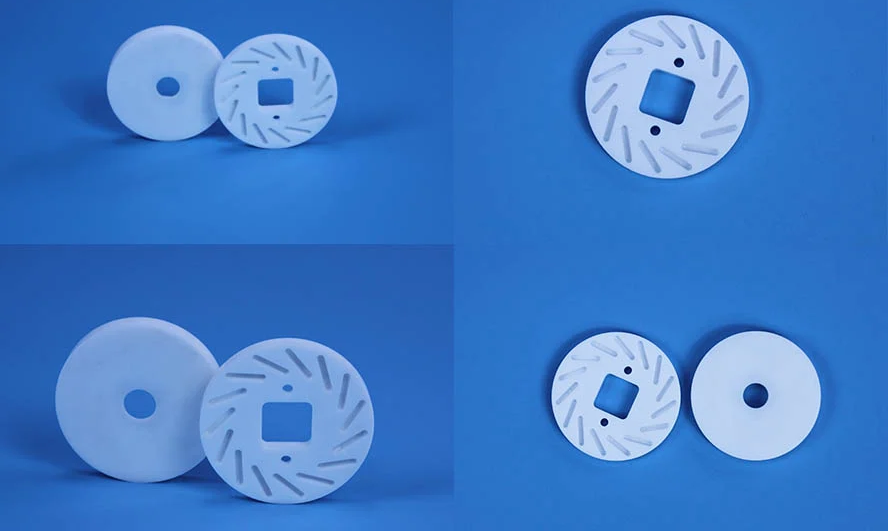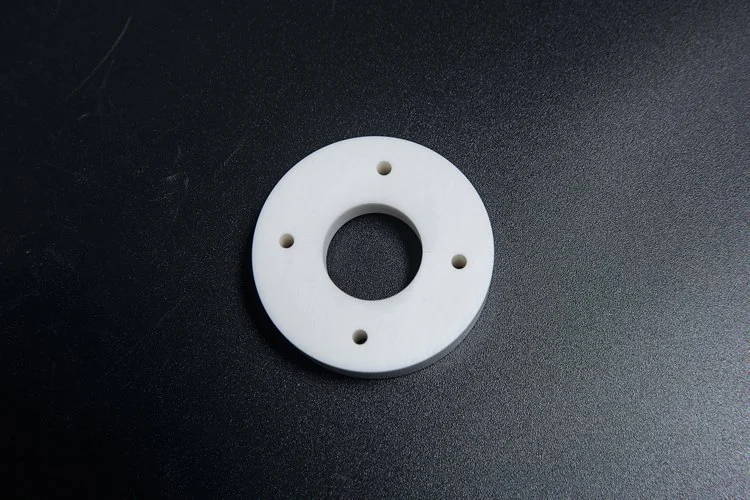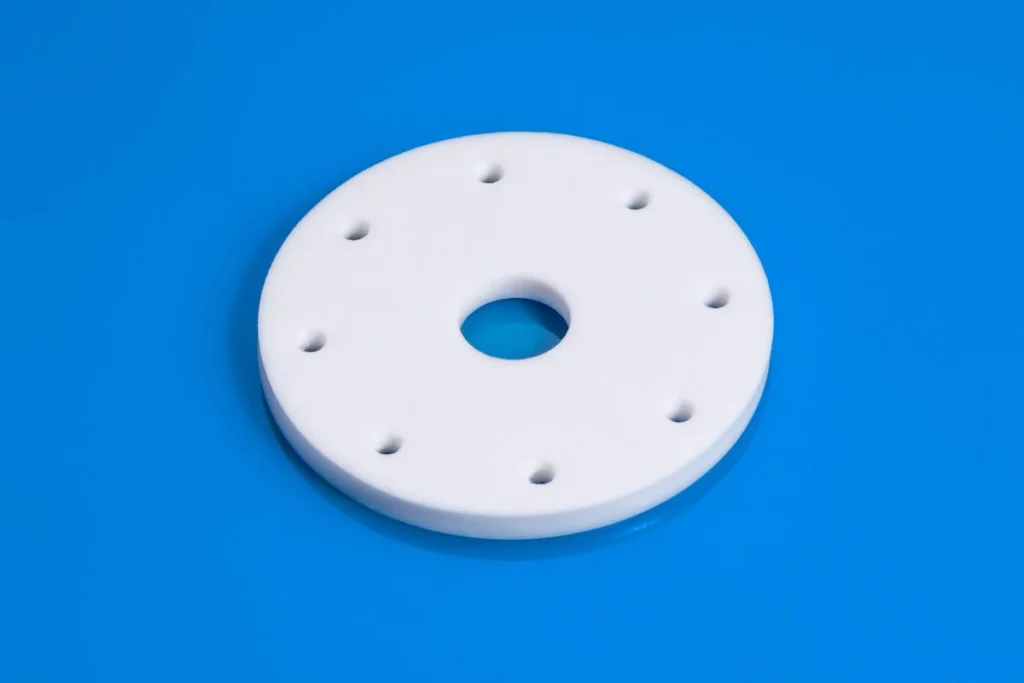I. Deformation of Zirconia Industrial Ceramics
Deformation occurring during the sintering process of zirconia industrial ceramics may result from an extensive particle size distribution, improper selection or excessive addition of additives in the powder, or inconsistent shrinkage of the zirconia industrial ceramics.
Causes of Inconsistent Shrinkage in Zirconia Industrial Ceramics:
① Uneven furnace temperature causes inconsistent shrinkage of ceramic green bodies.
Zirconia Industrial Ceramic Three-Stage Tower Connection
② Rapid heating rates create temperature gradients, resulting in faster shrinkage near the surface and slower shrinkage toward the core.
③ Density gradients arise during forming due to factors like pressure and filler distribution, leading to inconsistent internal shrinkage ratios within the green body.

II. Cracking in Zirconia Industrial Ceramics
The primary cause of cracking in sintered ceramic bodies is internal defects, although it is also related to uneven shrinkage. The reasons for uneven shrinkage are detailed in the analysis of sintering deformation.
When shrinkage is uneven, existing defects become fracture initiation points. Crack propagation then leads to body cracking.

III. Abnormal Grain Growth in Zirconia Industrial Ceramics
When abnormal grain growth occurs, these oversized grains often contain numerous pores that cannot be expelled from the grain interior to the grain boundary.
This prevents the ceramic material from achieving high density, degrading many material properties—particularly mechanical properties (fracture toughness, flexural strength, etc.).

Primary Causes of Abnormal Grain Growth
① Excessively broad particle size distribution in the starting powder, where the largest particles exceed or are significantly larger than twice the average grain size.
② Inhomogeneous green body density during forming (powder agglomeration, pressure gradients during green body pressing, uneven additive distribution), leading to non-uniform densification during sintering.
③ Excessively high sintering temperatures and prolonged holding times.
Norke’s product range includes specialized ceramic materials such as alumina ceramics, zirconia ceramics, silicon carbide ceramics, and cordierite ceramics. These products find extensive applications across various high-end industries, including electronics, machinery, chemicals, metallurgy, new energy, and semiconductors.
